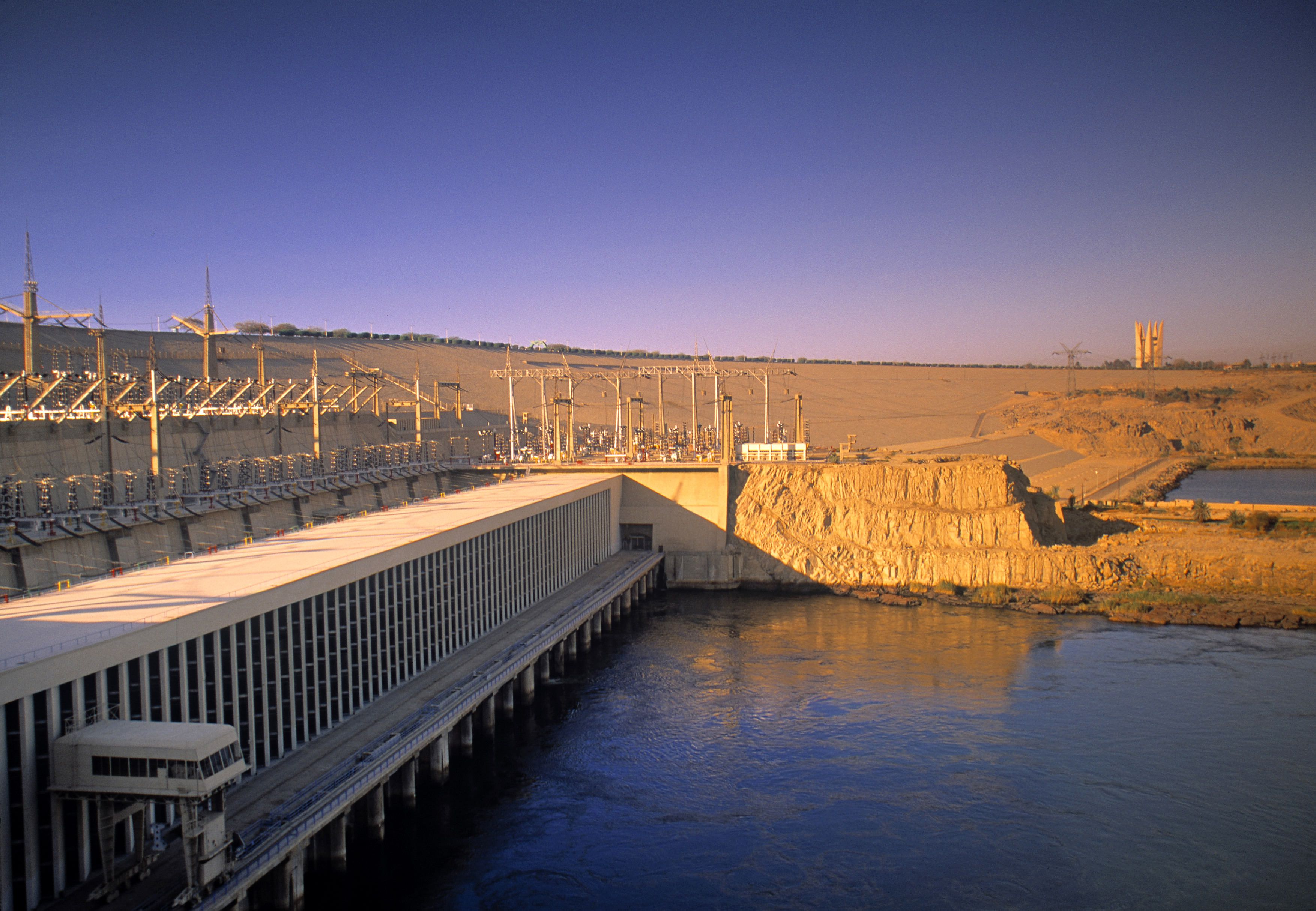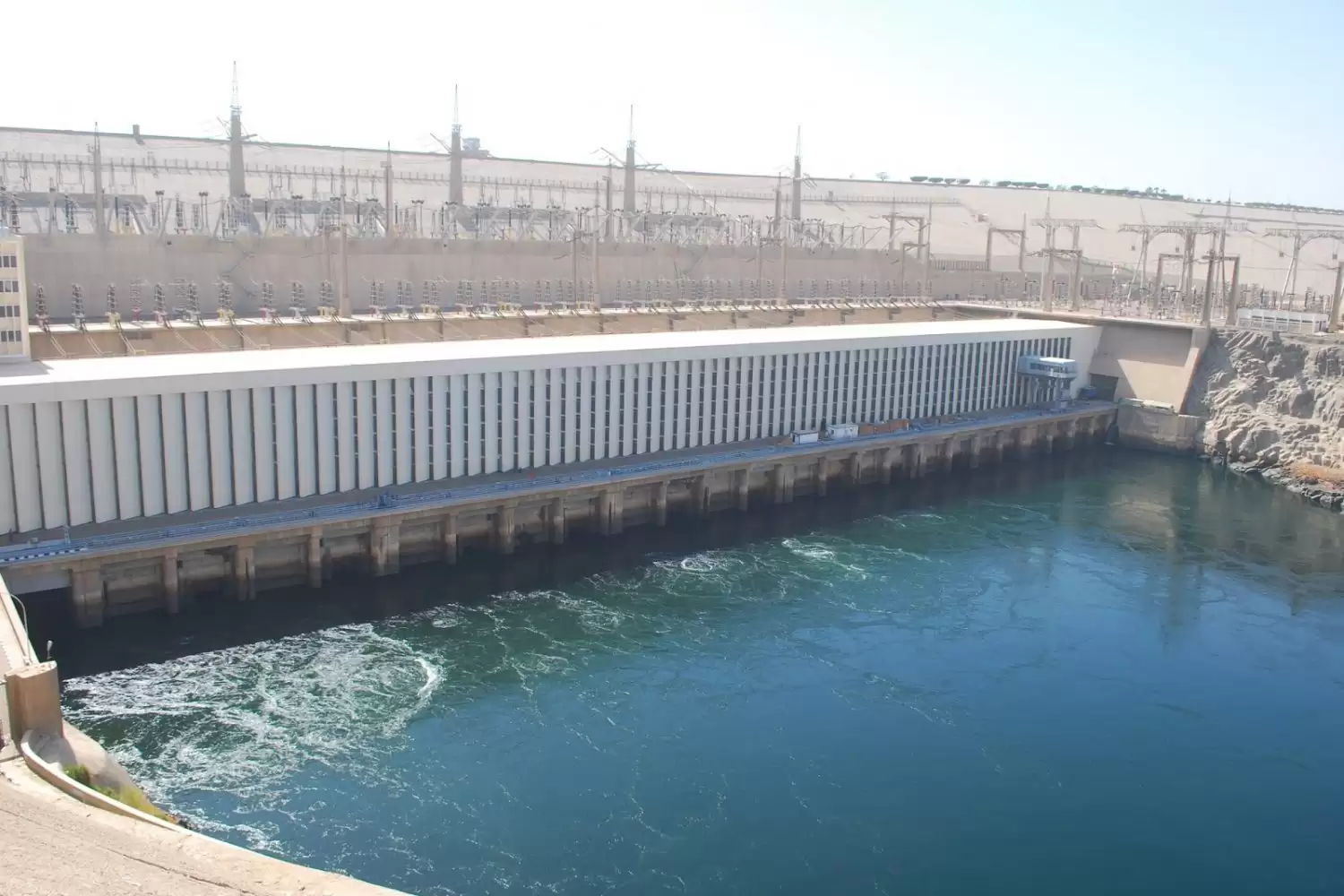- Home
- Destination
Destination
- Egypt
- Cars
- Hotels
- Flight
- About us
- Blog
- Contact us
By : Marian Reda | 20 January 2020

Based on the success of the 1902 Low Dam, the Aswan High Dam was constructed to alleviate the annual floods and occasional droughts that could bring destruction to the country's agriculture. It has been extremely successful, controlling the floods and storing water for later years when needed; as well as providing a huge amount of power via the hydroelectricity plant. Do not leave Aswan before you visit the High Dam with Magic life tours.
Aswan High Dam, rockfill dam across the River Nile, at Aswan, Egypt, completed in 1970 (and formally inaugurated in January 1971) at a cost of about $1 billion. The dam, 364 feet (111 metres) high, with a crest length of 12,562 feet (3,830 metres) and a volume of 57,940,000 cubic yards (44,300,000 cubic metres), impounds a reservoir, Lake Nasser, that has a gross capacity of 5.97 trillion cubic feet (169 billion cubic metres). Of the Nile’s total annual discharge, some 2.6 trillion cubic feet (74 billion cubic metres) of water have been allocated by treaty between Egypt and Sudan, with about 1.96 trillion cubic feet (55.5 billion cubic metres) apportioned to Egypt and the remainder to Sudan.

The Aswan High Dam brought the Nile’s devastating floods to an end, reclaimed more than 100,000 acres of desert land for cultivation, and made additional crops possible on some 800,000 other acres. The dam’s 12 giant Soviet-built turbines produce as much as 10 billion kilowatt-hours annually, providing a tremendous boost to the Egyptian economy and introducing 20th-century life into many villages. The water stored in Lake Nasser, several trillion cubic feet, is shared by Egypt and the Sudan and was crucial during the African drought years of 1984 to 1988. Book your private packages and visit the High Dam with Magic life tours.

Copyrights © 2020 Magic Life Tours. All Rights Reserved.